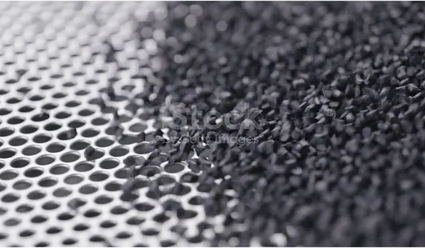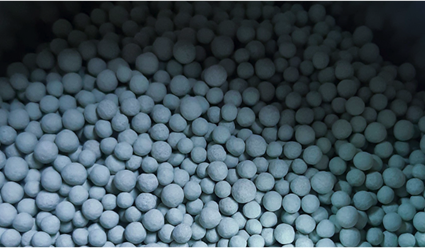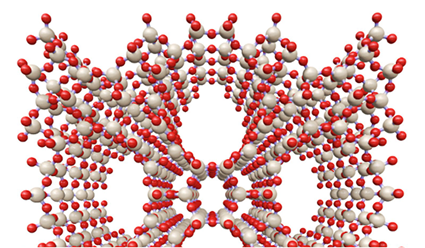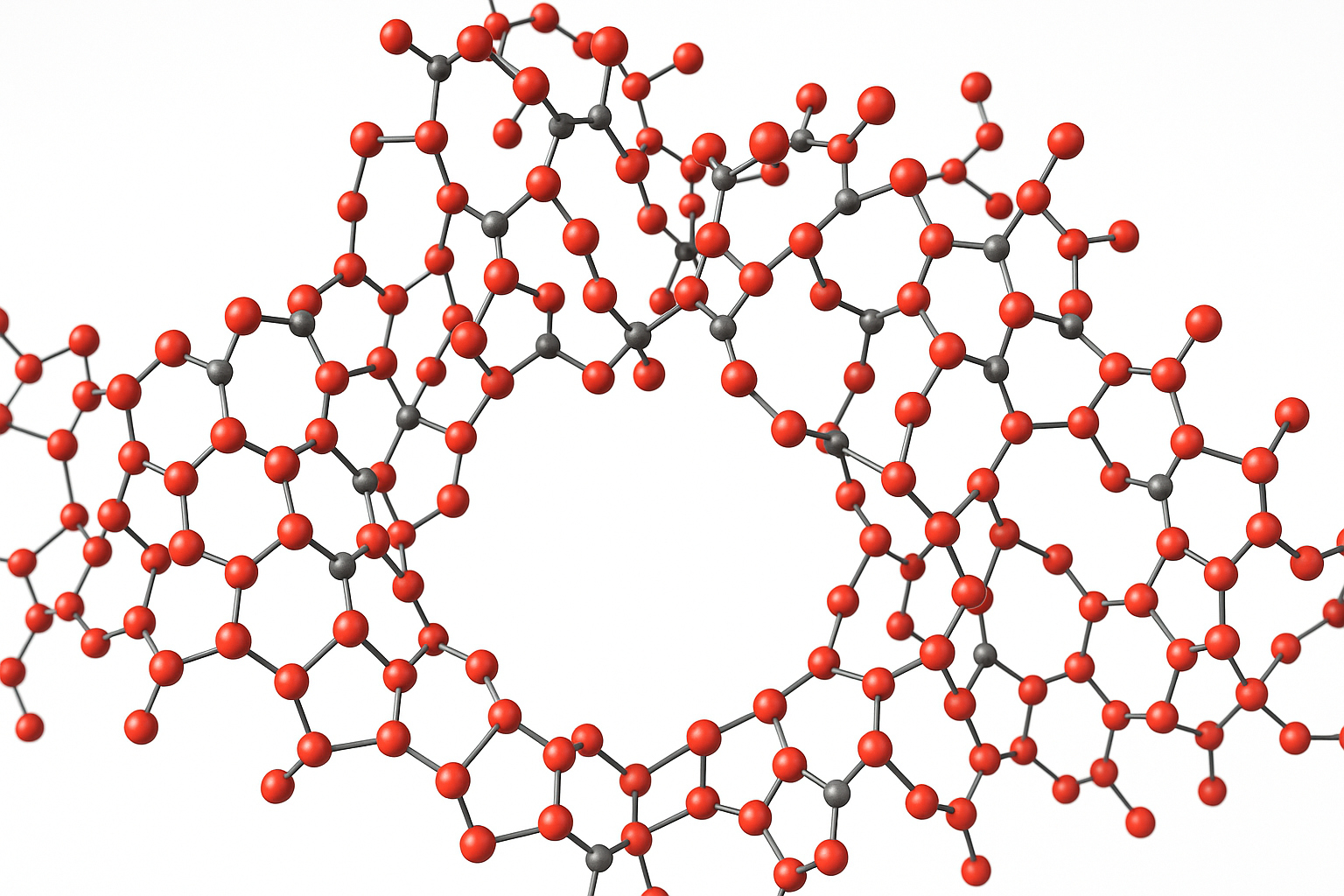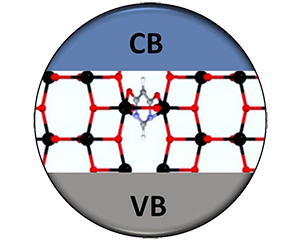 Inspired by the sol-gel chemistry approach to homogenously introduce chemical functionalities in the walls of mesoporous materials, our group is working on the synthesis of surfactant-free mesoporous titanias.
We have recently prepared a wide range of mesoporous titania-based hybrid materials by adding organic groups, silica precursors as well as metal complexes to the titania precursor during the sol-gel process.
Inspired by the sol-gel chemistry approach to homogenously introduce chemical functionalities in the walls of mesoporous materials, our group is working on the synthesis of surfactant-free mesoporous titanias.
We have recently prepared a wide range of mesoporous titania-based hybrid materials by adding organic groups, silica precursors as well as metal complexes to the titania precursor during the sol-gel process.
This is a novel synthetic approach based on the interaction of the titania precursor with the functionality to be incorporated into the network (group R in Figure 1), and the hydrolysis and co-condensation in mild conditions and in the absence of surfactant. Despite the functionality to incorporate, hybrid titania-based materials with anatase structure and both high surface areas (c.a. 300 m2/g) and pore volumes (0.3 cm3/g) are obtained. Band gap decreases from 3.20 eV in the organic-free titania up to 2.74 eV for hybrid mesoporous titanias [1].
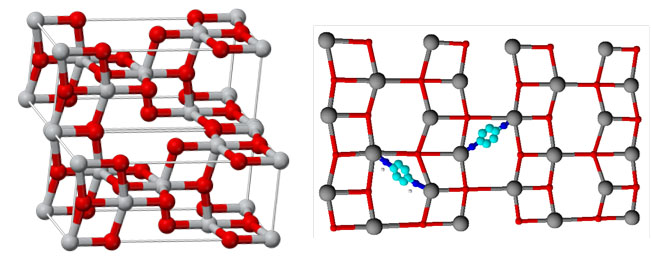
Figure 1. Schematic representation of the methodology for the incorporation of disruptors into a titania with anatase structure (right) in comparison with the anatase structure.
Several reaction tests were carried out to validate the proposed methodology. Firstly, all hybrid mesoporous titanias were tested in the Rhodamine 6G degradation under UV irradiation, giving pseudokinetic constants up to 3-4 times that corresponding to the organic-free mesoporous titania, keeping the activitity after several reaction cycles. Remarkably, some of them were also active in the visible range, which opens a new field of applications for these materials. Finally, several hybrid titanias were also tested as catalyst in propene partial oxidation reactions showing excellent photocatalytic activity.
References:
- M. Rico-Santacruz, A.E. Sepulveda, E. Serrano, J.R. Berenguer, E. Lalinde, J. Garcia-Martinez, In-situ functionalized titanias. Methods of Making and Using the Same, Spanish Patent, ref. 201300536, 2013.

